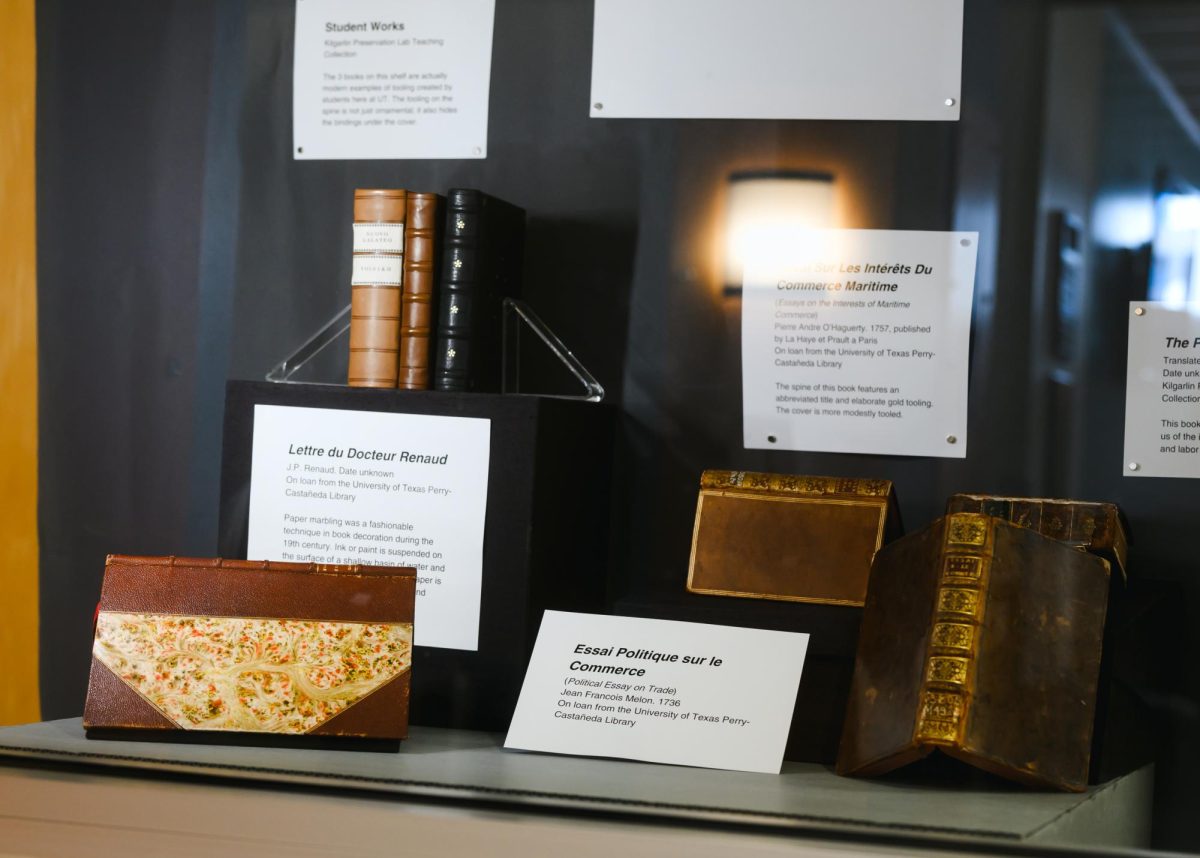While espresso-flavored vodka or jalapeno-flavored tequila may seem exotic, the process ofcreating infusions has been around for centuries and is simple enough to do at home.
Basic infusion, or maceration if we’re talking about fruit, arose as a means to deliver medicine and can now be used to combine anything from watermelon and bacon or even marijuana with your liquor.
In Chemistry 101 terms, you’re breaking down and leeching out some of the molecules from whatever you add to the alcohol to impart a bit of its flavor. This is the same idea as making tea; heating the water helps break down some of the chemical bonds in the tea leaves.
The only difference between tea and booze is alcohol doesn’t need to be heated to make an infusion or maceration. Its chemical structure has a magnetic quality, or polarity. The elements within alcohol each have their own distinct number of positively-charged protons and negatively-charged electrons that don’t quite balance out. So when you’re infusing, the polarity tugs at the surrounding molecules of whatever you plopped in the liquor, causing the molecular bonds to break and mix in the flavor.
While nowadays we’d typically think of alcohol as something we shoot or chug to forget impending finals, it still has a medicinal use because it’s so easy to infuse with other herbs and chemicals. In fact, a tincture of iodine used for disinfecting cuts is just an iodine and alcohol infusion.
High Times magazine and TheCannabisChef.com even publish recipes for a medicinal marijuana-infused tincture, also known as a green dragon. Although enlightened states will sell a little vial with an eyedropper over the counter, people in other states can create the tincture easily. The basic recipe requires alcohol — at least 40 percent alcohol by volume to extract a small amount — and letting the plant’s THC steep out for no less than 10 days.
Most mixologists behind bars in Texas are extracting flavors to add complexity to drinks, and one of the simplest things any college kid can try is a fruit or vegetable infusion. Just take any liquor you’ve got, stick in some fruit or herbs and taste the mix every few hours. Depending on what you stick in the alcohol and what alcohol you use, you could have a delicious infusion in less than a day. Keep in mind, you’re going to need to put this crunk juice in a new container with a large mouth so you can stick in slices of fruit.
Infusing or macerating is also one of the easiest ways to temper the crummy taste of a bottom-shelf liquor like Taaka.
If you’re willing to experiment more, you can do a meatier infusion, also known as a fat wash. There are a couple of ways you can do this, either by putting a cooked meat into your alcohol or pouring the remaining grease in. Both ways result in a clean liquor with your protein flavor of choice, minus all that fat you just added.
After you put your cooked meat or grease into the liquor, you have to shake it up and put in the freezer. Alcohol has a higher freezing point than the fats, so after you let it sit in there, all that fat will create a frozen layer you can easily remove. Just skim some off the top and then run the rest of the liquor through a coffee filter until you’ve got yourself some clean, homemade bacon bourbon or brisket whiskey.
Beyond infusions, macerations and fat washes, the best advice is to simply try everything in small batches. Mason jars are great for experiments: small enough to throw in your freezer yet large enough for you to stick in half a slice of cantaloupe. Also, keep in mind your booze’s flavor profile; you probably shouldn’t mix fried chicken and gin. Then again, if you find a good fried chicken and gin infusion, please send it to The Daily Texan for further analysis.

















